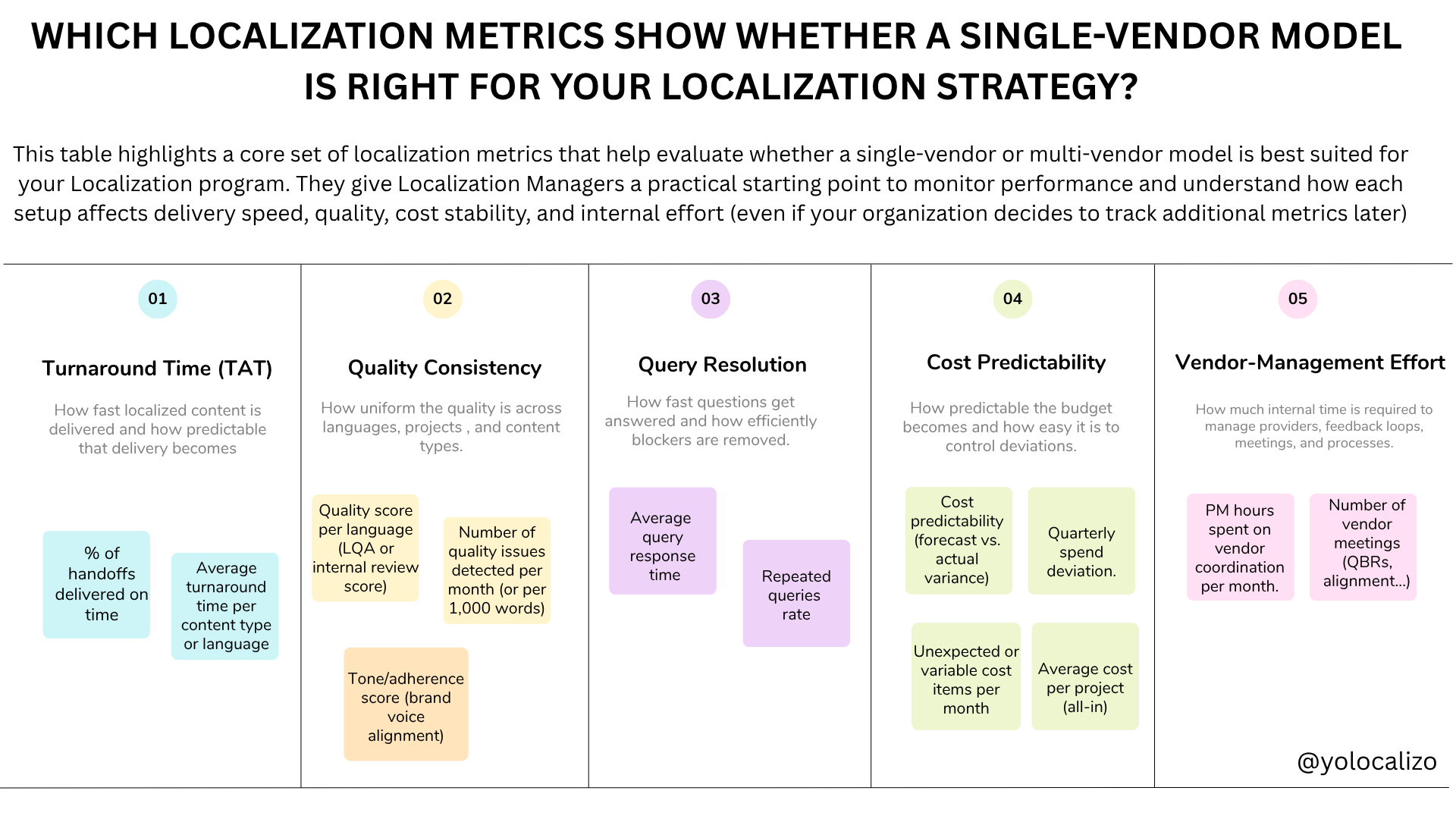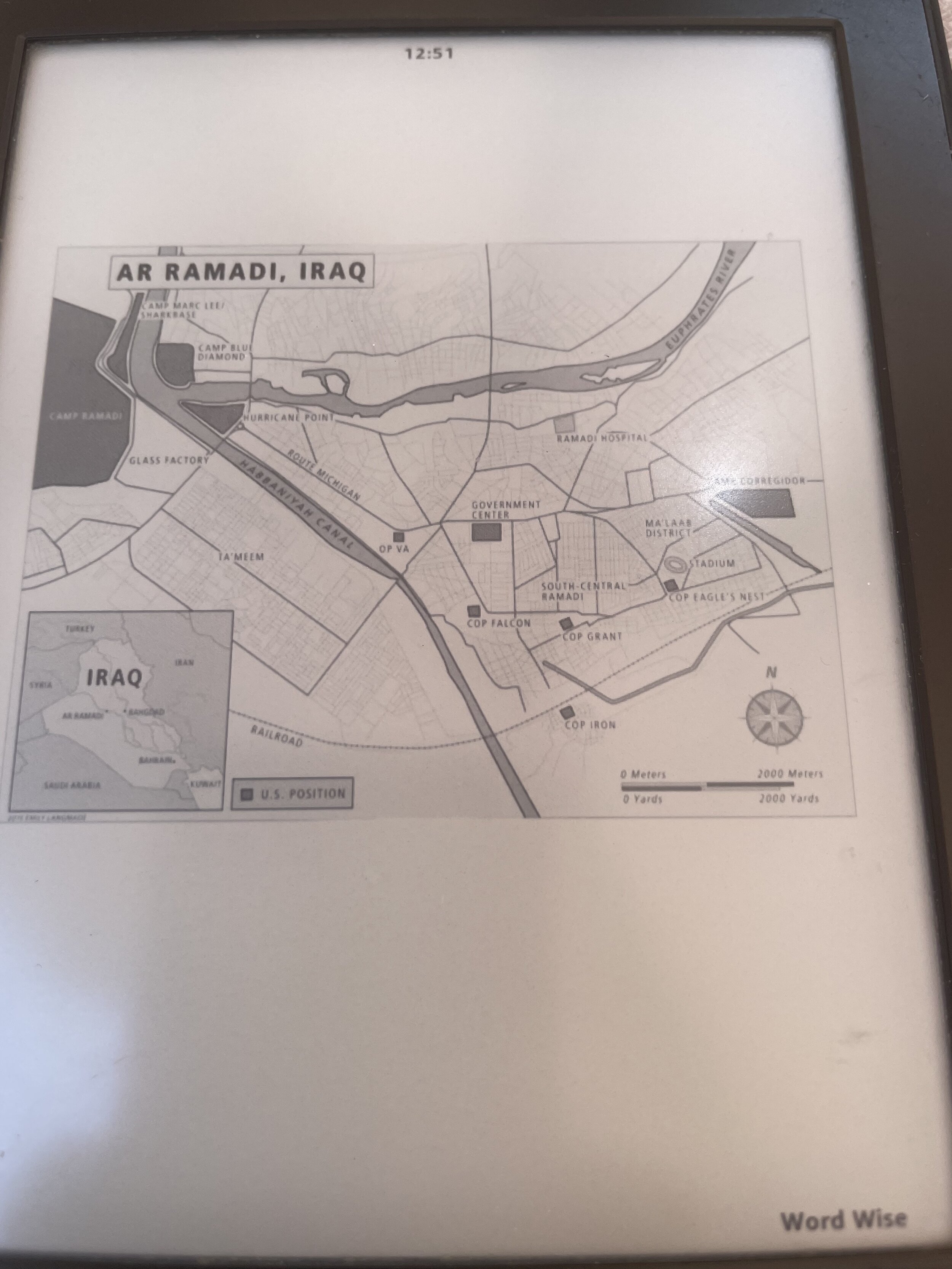What is Extreme Ownership?
Extreme Ownership is written by Jocko Willink, a SEAL leader who explains how the lessons he learned in combat are relevant to leaders in any role. The importance of team is emphasized, you are only as good as the men or woman behind you.
This book is quite different from other leadership books I have read since each chapter starts with a military mission; being a reader in those pages is like watching a movie. Then in the second part of each chapter comes the lessons learned and how military leaderships have been applied not only in war actions but also in consulting and leadership strategy.
Throughout the book, photographs of the authors' military missions appear in the different chapters.
*This is a summary directly from my Kindle highlights.
Principle #1: Extreme Ownership
The leader must own everything in his or her world.
It’s the leader’s fault when subordinates aren’t doing what they should.
Total responsibility for failure is a difficult thing to accept. It requires extraordinary humility and courage.
Extreme ownership requires leaders to look at an organization’s problems through the objective lens of reality, without emotional attachments to agendas or plans.
Effective leaders do not take credit for his or her team’s successes but bestow that honor upon their subordinate leaders and team members.
It is the direct responsibility of a leader to get people to listen, support, and execute plans.
You can’t make people do things. You have to lead them.
Extreme ownership is asking yourself, “How can I best get my team to most effectively execute the plan in order to accomplish the mission?”
Every mistake, every failure or shortfall – own it.
Pointing fingers and blaming others is easy and contagious.
You create the culture. What you do as the leader will be emulated by your subordinates.
If something isn’t going your way, start with what you are going to do differently.
Principle #2: No Bad Teams, Only Bad Leaders
It’s not what you preach, it’s what you tolerate.
If substandard performance is accepted and no one is held accountable, poor performance becomes the new standard.
Leaders must push the standards in a way that encourages and enables the team to utilize extreme ownership.
Leaders should never be satisfied. They must always strive to improve, and they must build that mindset into the team.
High standards start with the individual and then spreads outward to each member of the team.
Leaders don’t make excuses. Instead, they figure out a way to get it done and win.
A negative attitude is infectious.
An attitude of victimization prevents you from looking inwardly at where you have the ability to improve.
The “Tortured Genius” is someone who accepts zero responsibility for mistakes, makes excuses, and blames everyone else for their failings.
There are only two types of leaders: effective and ineffective.
Principle #3: Believe
You must be a true believer in the mission in order to convince and inspire others to follow.
If a leaders does not believe, he or she will not take the risks required to overcome the inevitable challenges necessary to win.
Always operate with the understanding that you are part of something greater than yourself and your own personal interests.
A resolute belief in the mission is critical for any team or organization to win and achieve big results.
Every leader must be able to detach from the immediate tactical mission and understand how it fits into strategic goals.
If frontline leaders and troops understand why, they can move forward, fully believing in what they’re doing.
Goals must always be in alignment.
Start with why.
It is the responsibility of the subordinate leader to reach out and ask if they do not understand.
Principle #4: Check the Ego
Ego clouds and disrupts everything: the planning process, the ability to take good advice, and the ability to accept constructive criticism.
When personal agendas become more important than the team and the overarching mission’s success, performance suffers and failure ensues.
Extreme ownership requires checking your ego and operating with a high degree of humility.
Ego can prevent a leader from conducting an honest, realistic assessment of his or her own performance and the performance of the team.
Our ego doesn’t like to accept blame.
Principle #5: Cover and Move
Cover and move = teamwork
Departments and groups within the team must break down silos, depend on each other and understand who depends on them.
Each member of the team is critical to success, though the main effort and supporting efforts must be clearly identified.
Identify supporting players in other departments and make them a part of your team.
Principle #6: Simple
Simplifying as much as possible is crucial to success.
When plans and orders are too complicated, people may not understand them.
When things go wrong (as they inevitably will), complexity compounds issues.
Plans and orders must be communicated in a manner that is simple, clear, and concise.
If your team doesn’t get it, you have not kept things simple and you have failed.
You must brief to ensure the lowest common denominator on the team understands.
Teams can’t intelligently adapt to changing circumstances without a baseline understanding of the original plan.
Principle #7: Prioritize and Execute
Relax. Look around. Make a call.
If you try to do everything at once, you will fail.
Leaders must determine the highest priority task and execute one at a time.
You will be more effective under pressure if you plan for contingencies.
Map out your response to anticipated challenges before they happen.
It is particularly important for leaders at the top of the organization to step back and maintain the strategic picture.
It’s important to communicate up and down the chain of command when priorities change.
Teams must be careful to avoid target fixation on a single issue.
Maintain the ability to rapidly adapt to a constantly changing environment.
Principle #8: Decentralized Command
We are generally not capable of managing more than 6-10 people.
Junior leaders must be empowered to make decisions on key tasks necessary to accomplish the mission in the most effective and efficient manner possible.
Every tactical-level team leader must understand not just what to do but why they are doing it.
Junior leaders must know what is within their decision-making authority. They must also pass critical information up the chain so senior leadership can make informed strategic decisions.
Be proactive rather than reactive.
Junior leaders must have implicit trust that their senior leaders will back their decisions.
Leaders must be free to move to where they are needed most, which changes throughout the course of an operation.
Leaders exist at all levels.
Principle #9: Plan
Leaders must identify clear directives for the team.
A broad and ambiguous mission results in a lack of focus, ineffective execution, and mission creep.
Every mission must clearly state the purpose and the expected outcome.
Delegate the planning process down the chain as much as possible to key subordinate leaders.
Giving the frontline troops ownership of even a small piece of the plan gives them buy-in.
Once the detailed plan has been developed, it must be communicated to the entire team in a simple, clear, and concise format.
The briefing should encourage discussion, questions, and clarification.
The test for a successful brief is simple: Do the team and the supporting elements understand it?
The plan must mitigate identified risks where possible.
Don’t get caught up worrying about risks that cannot be mitigated. Focus on those that you have some control over.
The best teams make time to analyze and debrief after execution.
Address what went right, what went wrong, and how you can adapt your tactics to make your team even more effective in the future.
Your planning process should be standardized. It needs to be repeatable and guide users with a checklist.
Principle #10: Leading Up and Down the Chain of Command
Leading Down
Senior leaders need to explain to junior leaders and troops executing the mission how their role contributes to big-picture success.
Frontline workers need to be able to connect the dots between what they do every day and how that impacts the company’s strategic goals.
Doing this requires regular face-to-face conversations with directs and observing the frontline workers in action.
Leading Up
Examine what you can do to better convey critical information up the chain of command.
Subordinate leaders cannot use authority. Instead, they must use influence, experience, knowledge, communication, and maintain the highest professionalism.
You must accept that your boss must allocate limited assets and make decisions with the bigger picture in mind. You may not be the priority right now.
Talk positively about those in authority above you. A public display of discontent or disagreement with the chain of command undermines the authority of leaders at all levels.
You may not always agree with the decision. But at the end of the day, once a decision has been made, you must execute the plan as if it were your own.
Key Factors for Leading Up and Down
Take responsibility for leading everyone in your world, subordinates and superiors alike.
If someone isn’t doing what you want or need them to do, look in the mirror first and determine what you can do to better enable this.
Don’t ask your leader what you should do, tell them what you are going to do.
Principle #11: Decisiveness Amid Uncertainty
Leaders cannot be paralyzed by fear.
You must make the best decision that you can base on the immediate information available.
There is no 100% right solution. The picture is never complete.
Intelligence gathering and research are important, but they must be employed with realistic expectations and must not impede sift decision making that is often the difference between victory and defeat.
Leaders must be prepared to make an educated guess based on previous experience, knowledge of how the enemy operates, likely outcomes, and whatever intelligence is available in the immediate moment.
Principle #12: Discipline Equals Freedom
A good leader must be:
Confident but not cocky;
Courageous but not foolhardy;
competitive but a gracious loser;
attentive to details but not obsessed by them;
strong but have endurance;
a leader and follower;
humble not passive;
aggressive not overbearing;
quiet, not silent;
calm but not robotic;
logical but not devoid of emotions;
close with the troops but not so close that one becomes more important than another or more important than the good of the team; not so close that they forget who is in charge.
A good leader has nothing to prove, but everything to prove
Summary
This is a book that you read quickly, as it has a very good pace, and if it is true that sometimes it is quite warlike, but that's what makes the book such an original reading. The 4 main ideas that I take away from this book are the following
Extreme ownership means taking responsibility for everything in your world.
Check your ego and lead with humility.
Make simple plans and communicate them clearly.
Get comfortable making decisions with incomplete information.
You can buy the book here, hope you like it!
@yolocalizo

















This feels like a pivotal moment. Localization teams are being asked to support more markets, move faster, use AI responsibly, and show impact, not just output. Expectations are higher than ever, but many teams are still trained mainly for execution. We are strong at delivering localization work, yet we often struggle to move from output to outcome and to clearly explain the impact of what we do.